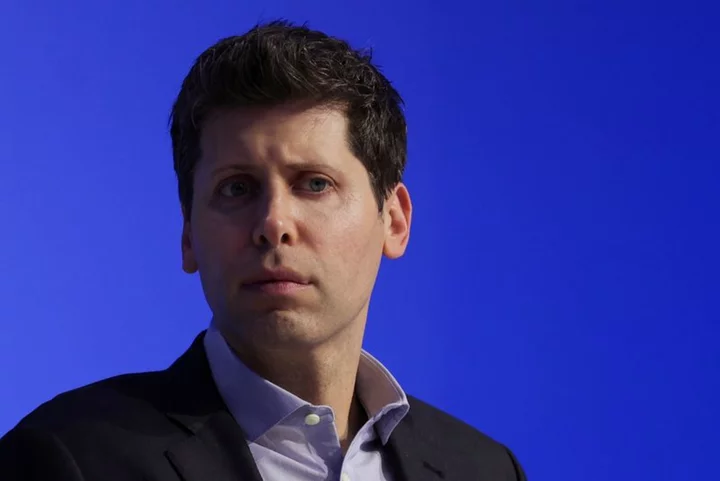As a method of supposed communication with the spirit world, the Ouija board has terrified countless slumber partying children and served as a plot vehicle in a number of Hollywood films. Here’s where it came from.
Spiritualism and Pre-Ouija Methods
Ouija boards have their roots in spiritualism, which began in the United States in the late 1840s. (Claims that ancient Ouija boards existed are unfounded.) The new movement was led by mediums, who claimed to be intermediaries between the living and the dead.
There were a number of ways mediums made followers believe that they were communicating messages from those who had passed. One, table turning, involved the table moving or knocking on the floor in response to letters called out from the alphabet. Another method used planchettes—heart-shaped devices with two wheels at one end and a pencil at the point. Users would place their fingers on the device, which would then be guided by spirits who would “write” messages.
Both methods were problematic. Table turning took too long, and planchette writing was hard to decipher. According to the Museum of Talking Boards, some mediums got rid of these methods altogether, preferring to channel while in a trance, while others built complicated tables, dials, and tables painted with letters that required people to use a planchette as a pointer. This method became the most popular—and paved the way for the Ouija board.
The Rise of The Talking Board
In 1886, the New York Daily Tribune reported on a new talking board being used in Ohio. It was 18 by 20 inches and featured the alphabet, numbers, and the terms yes, no, good evening, and goodnight; the only other necessary object was a “little table three or four inches high … with four legs” that the spirits could use to identify letters.
The brilliance of the board was that anyone could make it—the tools suggested in the article are “a jack-knife and a marking brush.” Operating the board was easy, too:
“You take the board in your lap, another person sitting down with you. You each grasp the little table with the thumb and forefinger at each corner next to you. Then the question is asked, ‘Are there any communications?’ Pretty soon you think the other person is pushing the table. He thinks you are doing the same. But the table moves around to ‘yes’ or ‘no.’ Then you go on asking questions and the answers are spelled out by the legs on the table resting on the letters one after the other.”
(Of course, any messages generated probably weren’t from spirits; instead, they were likely a result of the Ideomotor effect. This psychological phenomenon was first described in 1852 by William Benjamin Carpenter who, in a scientific paper analyzing how talking boards worked, theorized that the movement of muscles could occur independently of a person’s conscious desires.)
Ouija: The Game
These types of talking boards became very popular, and in 1890, Elijah Bond, Charles Kennard and William H.A. Maupin had the idea to turn the board into a toy. They filed the first patent for a game they called the “Ouija board,” which looked and operated much like the talking boards in Ohio; the patent was granted in 1891. The name, according to Kennard, came from using the board, and was an ancient Egyptian word meaning “good luck.” The Kennard Novelty Company manufactured the boards, which were made of five pieces of wood across the face braced by two vertical slats on the back; they retailed for $1.50.
Kennard left the company in 1891, and the Kennard Novelty Company became the Ouija Novelty Company. William Fuld, an employee there, eventually took over production of the boards; in 1901, he began making his own boards under the name Ouija, which Fuld said came from a combination of the French and German words for “yes”—the etymology that is accepted today.
Fuld would go on to design many different versions of the board (he holds more Ouija patents and copyrights than anyone else in history—a grand total of 21 registrations in three countries—including the design for the modern planchette). Because of the board’s huge success, a number of competitors tried their hands at creating their own Ouija-like devices. Fuld sued many of those copycats, right up until his death in 1927.
In 1966, Fuld’s estate sold the family business—which included more than just Ouija boards—to Parker Brothers, which manufactured the modern boards as we know them today. In 1991, Parker Brothers was sold to Hasbro, which now holds all the Ouija rights and patents.
Hasbro has even allowed the creation of movies based on the game: Ouija, directed by Stiles White, came out in 2014, and Ouija: Origin of Evil, directed by Mike Flanagan, came out in 2016. (Several of the actors featured in that project would go on to star in Flanagan’s 2018 Netflix adaptation of Shirley Jackson’s The Haunting of Hill House.) “They were actually very supportive,” Flanagan told Fandango. “One of the things they never wanted to shy away from was trying to present their product as something that was frightening. I think that was smart. If they were like, ‘Behold theOuija board and all its terrifying abilities, none of which are that scary because we don’t want to turn off the marketing people,’ you’re kind of in no-man’s land.”
A version of this story ran in 2014; it has been updated for 2023.
This article was originally published on www.mentalfloss.com as A Brief History of the Ouija Board.









